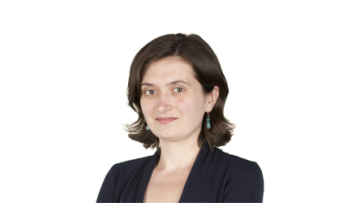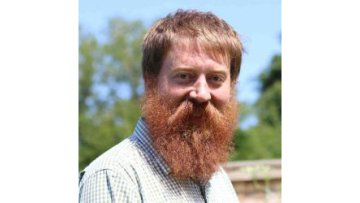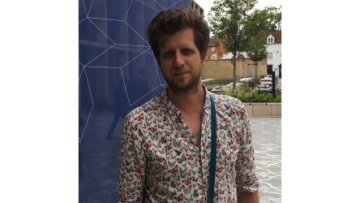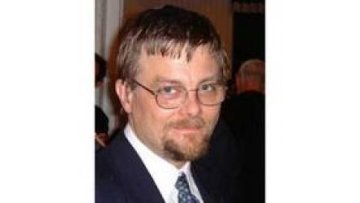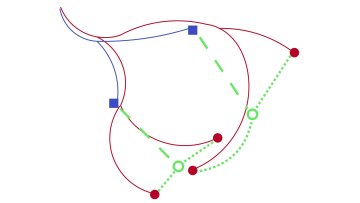Oxford Mathematicians Coralia Cartis, Samuel Cohen, Renaud Lambiotte and Terry Lyons have been made Fellows of the Alan Turing Institute, the UK’s national institute for data science and AI.
Gromov-Witten invariants of blow-ups
Abstract
The Mirror Clemens-Schmid Sequence
Abstract
I will present a four-term exact sequence relating the cohomology of a fibration to the cohomology of an open set obtained by removing the preimage of a general linear section of the base. This exact sequence respects three filtrations, the Hodge, weight, and perverse Leray filtrations, so that it is an exact sequence of mixed
Hodge structures on the graded pieces of the perverse Leray filtration. I claim that this sequence should be thought of as a mirror to the Clemens-Schmid sequence describing the structure of a degeneration and formulate a "mirror P=W" conjecture relating the filtrations on each side. Finally, I will present evidence for this conjecture coming from the K3 surface setting. This is joint work with Charles F. Doran.
Towards the end of the eighteenth century, French mathematician and engineer Gaspard Monge considered a problem. If you have a lot of rubble, you would like to have a fort, and you do not like carrying rocks very far, how do you best rearrange your disorganised materials into organised walls? Over the two centuries since then, his work has been developed into the rich mathematical theory of optimal transport.
11:30
Forking independence in the free group
Abstract
Sela proved in 2006 that the (non abelian) free groups are stable. This implies the existence of a well-behaved forking independence relation, and raises the natural question of giving an algebraic description in the free group of this model-theoretic notion. In a joint work with Rizos Sklinos we give such a description (in a standard fg model F, over any set A of parameters) in terms of the JSJ decomposition of F over A, a geometric group theoretic tool giving a group presentation of F in terms of a graph of groups which encodes much information about its automorphism group relative to A. The main result states that two tuples of elements of F are forking independent over A if and only if they live in essentially disjoint parts of such a JSJ decomposition.


